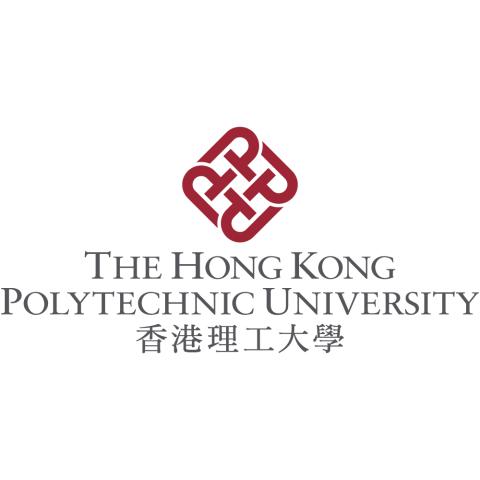
The three questions that will define the future of higher education
It is an exciting time to be in higher education. The development of generative AI has prompted academia to rethink teaching and learning. This pivotal moment we find ourselves at, as technology advances rapidly, offers an opportunity for educational reform. To do so, we must begin by addressing three fundamental questions.
Question 1: What is learning?
Educators are understandably concerned that students now think of learning as answers they get from GenAI, which they may not understand or even read. They may also think a summary from GenAI is the most efficient way to acquire knowledge as opposed to reading textbooks and course materials. This is compounded by the fact that these GenAI results may not be accurate or reliable.
With students relying on GenAI in this way, we must revisit the question of what learning truly is. Higher education institutions worldwide have responded to this, revising their courses in various ways.
- How AI can revolutionise the way we analyse student surveys
- Transition from expert to guide by embracing generative AI
- ChatGPT and the future of university assessment
But these reviews need to go beyond incorporating GenAI into lessons and instead look at how this new technology changes approaches to pedagogy, as well as to course and programme structures. We can design micro and macro learning pathways to elevate GenAI, encouraging adaptive learning and providing constructive feedback.
We should explore hybrid intelligence, a partnership involving human intelligence and AI, to serve as a problem-solving ally for students. This will stimulate their quest for deeper understanding and develop creative, critical and system-thinking skills, in an increasingly technology-infused world.
One way of motivating our pragmatic students is through formative assessment. A review of assessment tasks should serve at least two purposes:
- ensure that students cannot rely on GenAI to help them complete the assessment, although they can use it in the process;
- require students to apply key learning foci in as authentic contexts as possible, preferably in situations that require interactions with people and/or physical objects.
Learning and assessment practices like these require demonstrating analytical understanding and should promote awareness of relationships in complex scenarios.
Question 2: What is the value of formal institutional education?
If students believe their learning can be outsourced to GenAI and other sources on the internet and, post-pandemic, prefer to learn and work at home, why should they come to campus for in-person lessons?
For education reform, we must create enriching educational experiences on- and off-campus, which cannot be gained with human-technology interactions alone. Engaging in teamwork with their peers can teach students to navigate intellectual situations through verbal communication, body language, appropriate attitudes and other human behaviour.
Think about the way teams are formed, too. GenAI can be used to engage students in interdisciplinary and transdisciplinary collaboration, helping them learn to solve complex problems by integrating contributions from each team member and offering disciplinary insights. Creating interdisciplinary learning scenarios can allow students to mitigate problems, negotiate positions, build character and promote diversity and inclusiveness.
Question 3: How are HEIs addressing pressure points and roadblocks to stay relevant?
Higher education institutions have their own educational challenges and pressure points. Some could be financial, such as budget constraints and affordability, while others are more process- and productivity-based. With the emergence of GenAI, institutions must address these pressure points rather than resorting to quick fixes. Doing so will not address the challenges we are facing or keep pace with rapid technological advancements.
We need to stay relevant in a changing world. Universities need to prepare their graduates to adapt, whether that be in the workplace – perhaps in a job that does not even exist yet – or the next level of academic study and research. Forming partnerships with industry can help identify areas of disconnect across sectors and offer insight into ways to meet the demands of a technology-infused society.
Adaptability and timely responses are crucial to remaining relevant. Teachers and non-academic staff need frequent upskilling and reskilling to keep up with the evolution of AI in the higher education landscape. Professional development can include working with GenAI to harness its full potential for education and employing learning analytics in impact and trace studies.
Technology breakthroughs alert us to new realities – and the need for corresponding breakthroughs in higher education. Higher education institutions should accelerate transformation to adapt to escalating external changes. Courage, determination, a forward-thinking mindset, strategic vision and concrete action plans can turn pressure points into opportunities. As we venture into uncharted territory, those who dare to take bold steps will have the opportunity to reform, redefine and elevate higher education.
Julia Chen is director of educational development at the Hong Kong Polytechnic University.
If you would like advice and insight from academics and university staff delivered direct to your inbox each week, sign up for the Campus newsletter.




